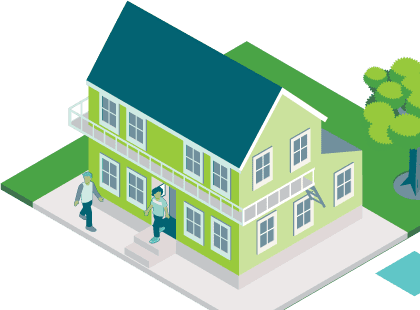Healthy homes standards – what a landlord needs to know
Information about the healthy homes standards for landlords.
In this section
Healthy homes standards – what a tenant needs to know
Information about the healthy homes standards for tenants.
In this section
Heating standard
Landlords should make sure their rental home can be well heated. The healthy home standards outline the heating requirements.
In this section
Insulation standard
Ceiling and underfloor insulation is compulsory in all rental homes. Find out more about insulation standards for rental properties.
Ventilation standard
Proper ventilation in rental properties helps prevent mould or dampness. All rental properties must follow the ventilation standards.
In this section
Moisture ingress and drainage standard
Moisture and drainage standards help keep homes dry. All rental properties must follow the moisture and drainage standards.
Draught stopping standard
Draughts make homes colder and increase heating costs for tenants. All rental properties must follow the draught stopping standard.
Exemptions to the healthy homes standards
In some situations, a property may be exempt from complying with the healthy homes standards or parts of the standards.
Healthy homes compliance
All rental properties must comply with the healthy homes standards.
Compliance statement
All new or renewed tenancy agreements must include specific information about the rental property’s current level of compliance with the healthy homes standards.
